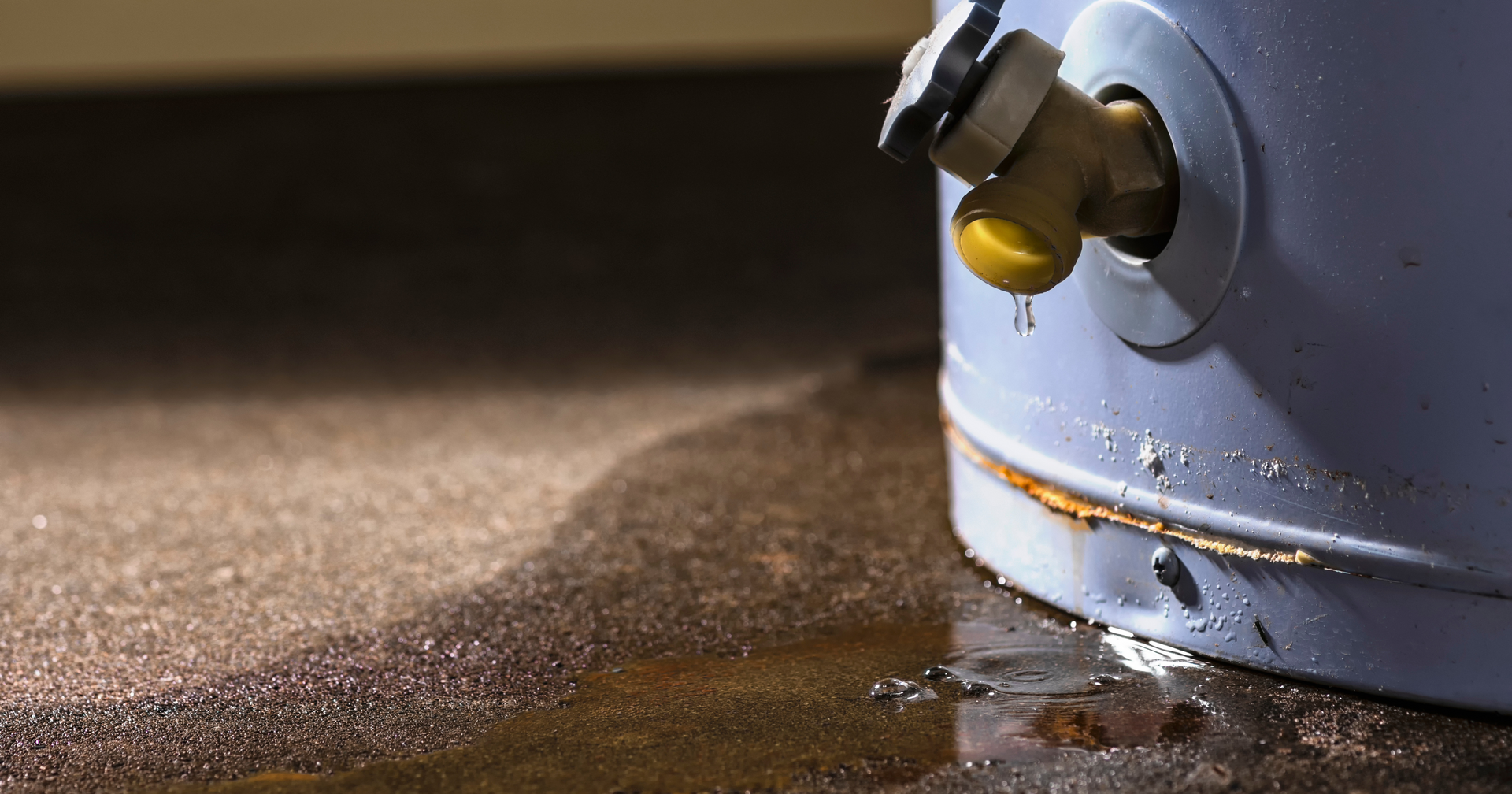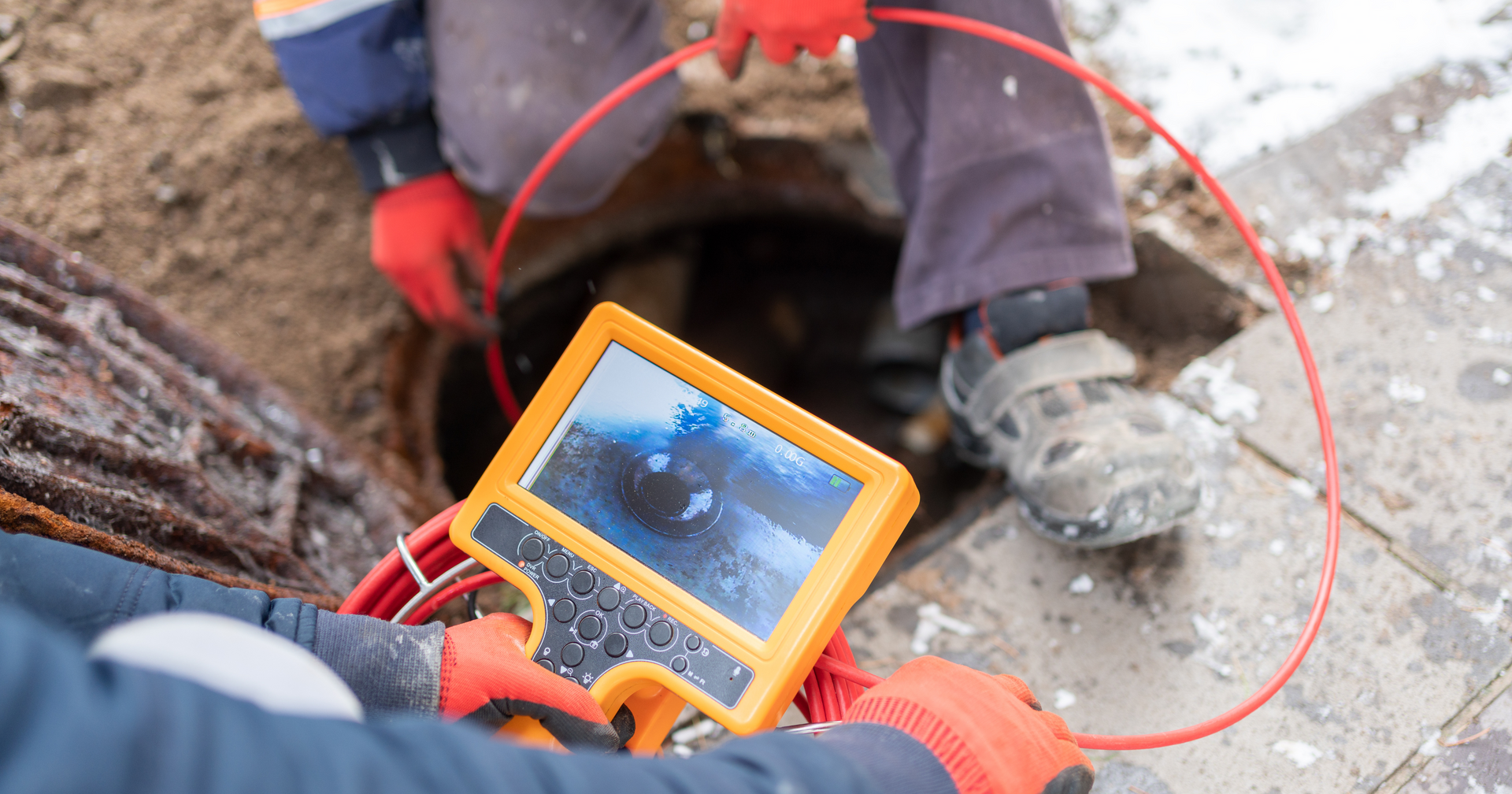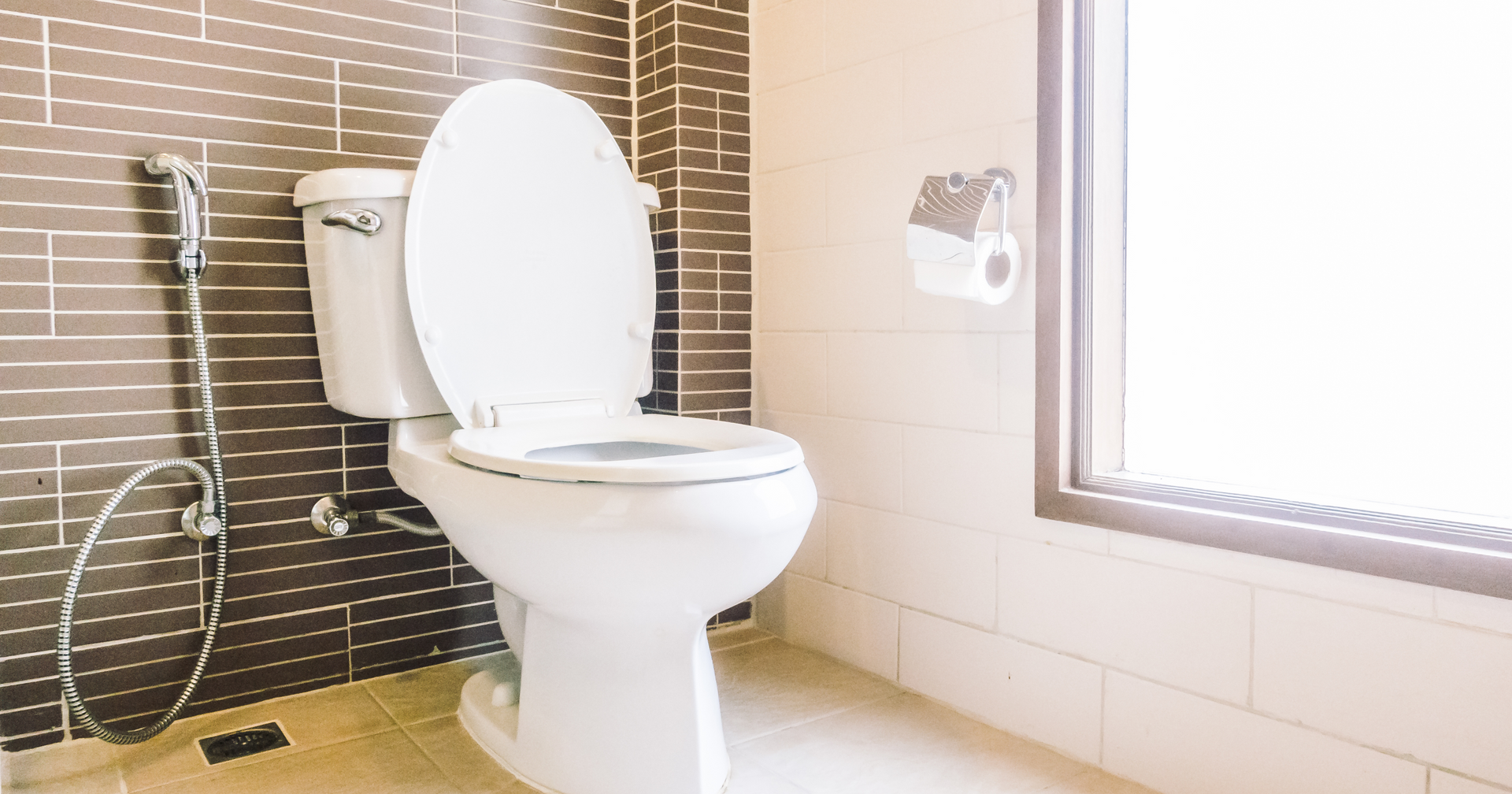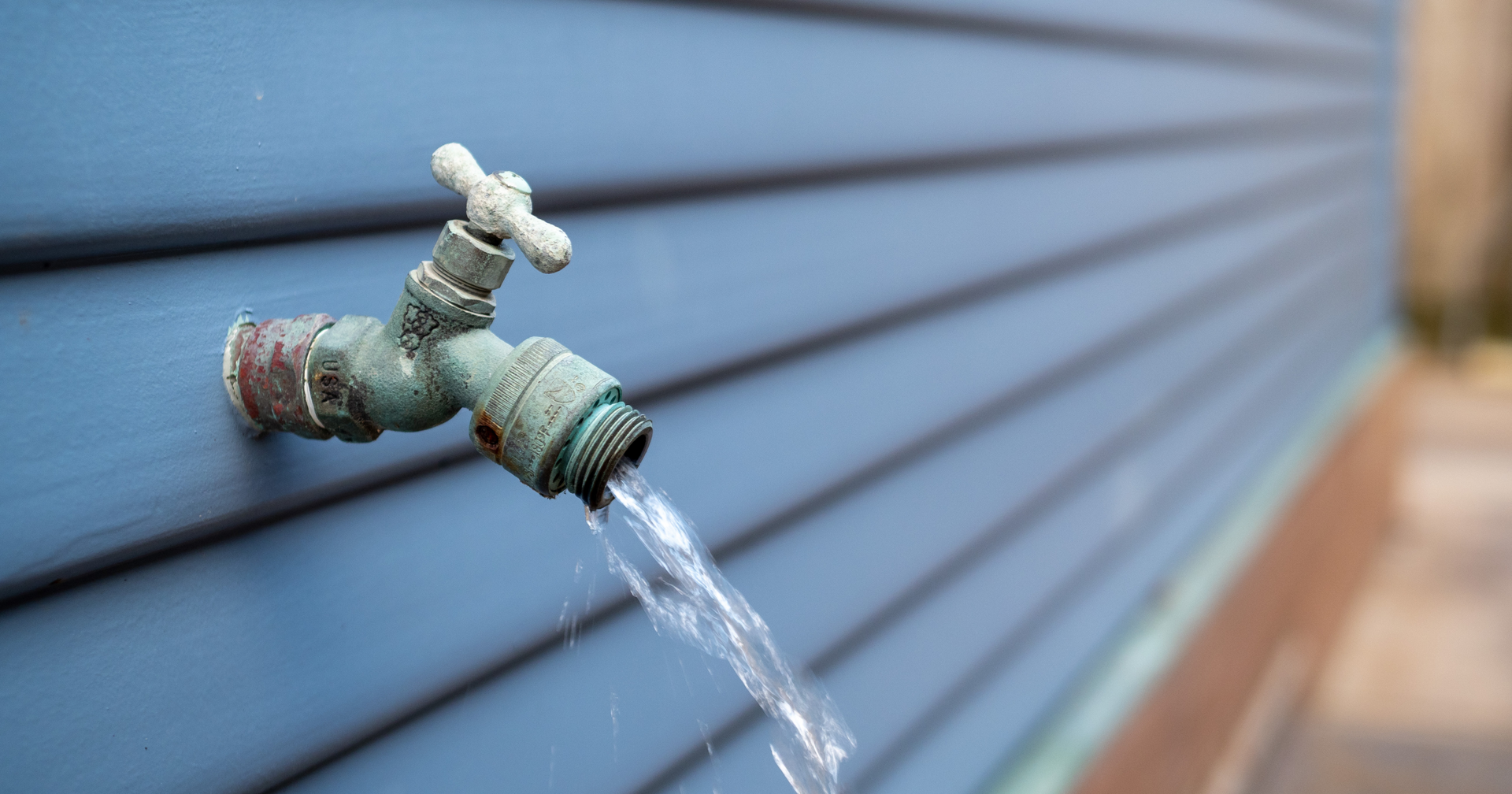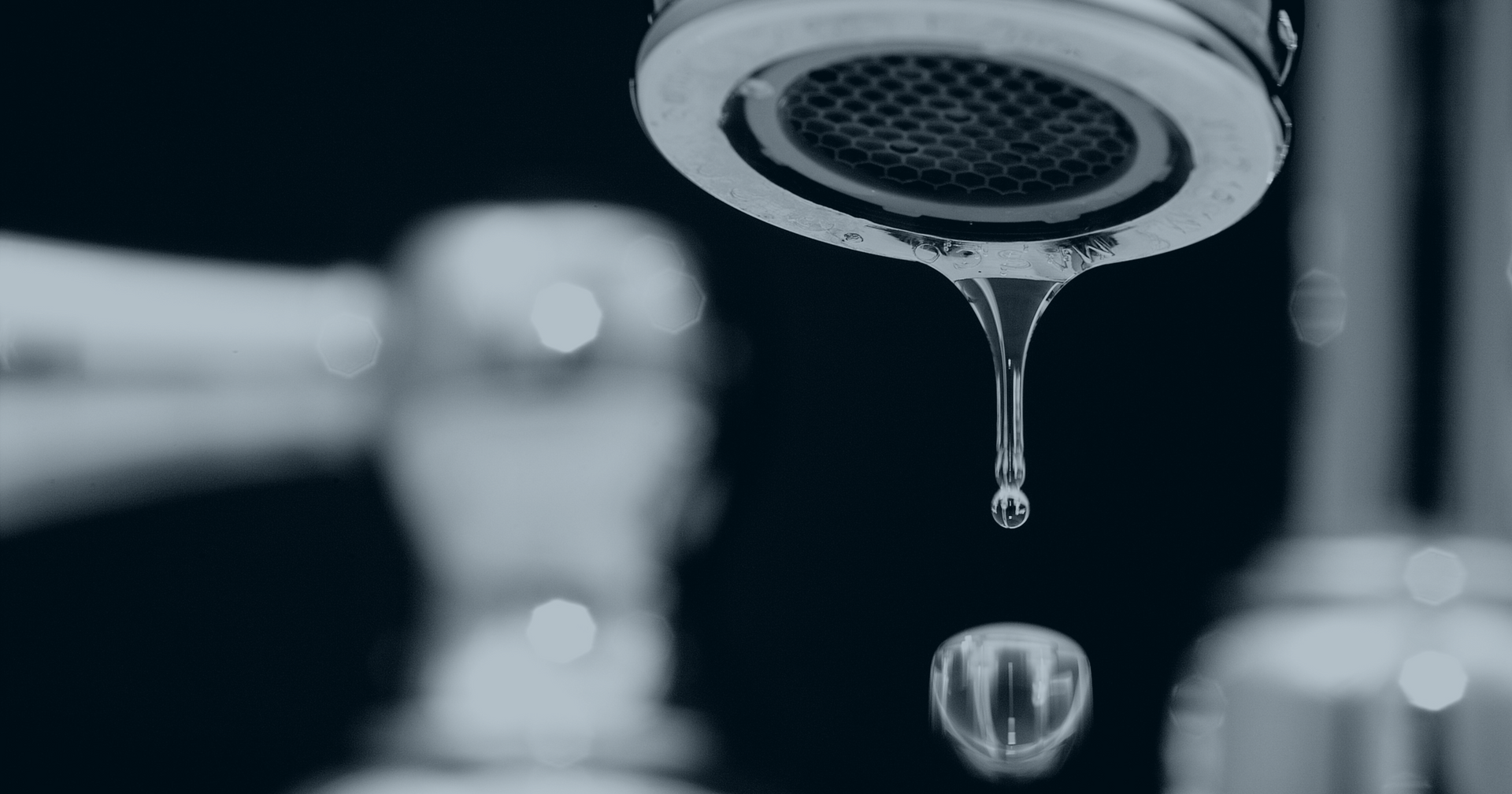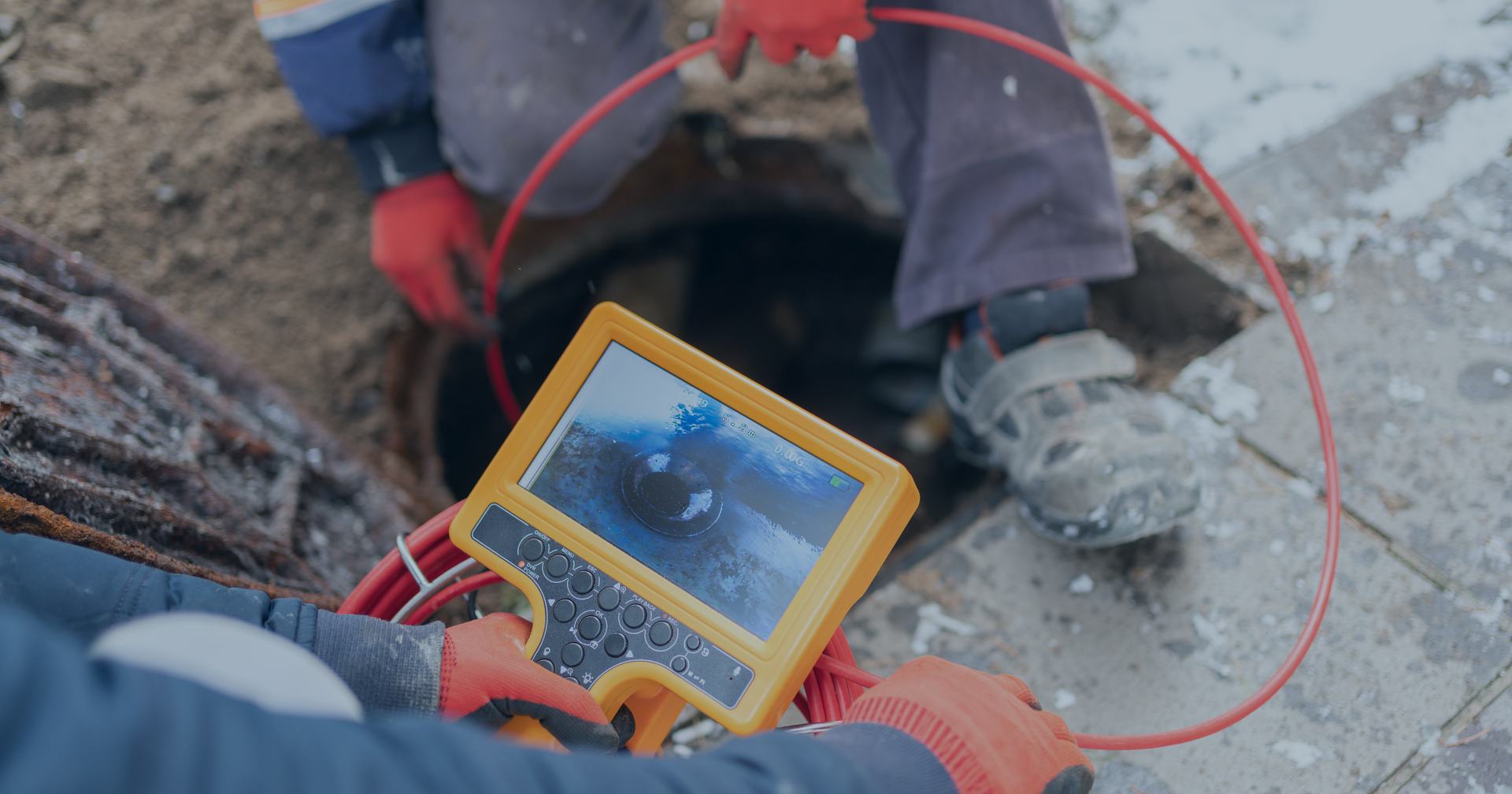What To Do When Your Toilet Keeps Running
Understanding the Culprits Behind Toilet Runs
A running toilet can be more than just an annoyance; it can lead to wasted water and higher utility bills. If you've noticed that your toilet keeps running, it's essential to address the issue promptly to prevent water waste and potential damage. For professional assistance, be sure to contact Ballard Plumbing to get the expert help you need.
Common Causes of a Running Toilet
- Faulty Flapper Valve: The flapper is a rubber or plastic seal at the bottom of the tank that controls the flow of water into the bowl. If it's worn out or not sealing correctly, water will leak from the tank, causing the toilet to run continuously.
- Float Problems: The float, either a ball or cup, is responsible for regulating the water level in the tank. If it's set too high or too low, it can cause the toilet to run. Adjusting the float to the correct position is crucial.
- Fill Valve Issues: The fill valve, also known as the ballcock, controls the refilling of the tank after a flush. If it's malfunctioning, it may not shut off properly, leading to constant water flow.
- Chain Problems: A chain connects the flush handle to the flapper valve. If it's too tight or too loose, it can prevent the flapper from seating correctly, causing the toilet to run.
- Mineral Buildup: Over time, mineral deposits can accumulate in the toilet's components, affecting their functionality. This can lead to leaks and a running toilet.
Troubleshooting Steps
- Check the Flapper: Lift the tank lid and inspect the flapper. If it looks worn or damaged, it may need replacement. Make sure it seats properly and doesn't have any obstructions.
- Adjust the Float: Locate the float and adjust it to the correct water level. Most modern toilets have a fill line marked inside the tank, indicating the proper water level.
- Inspect the Fill Valve: Listen for any hissing sounds coming from the fill valve after a flush. If you hear this, it may need to be replaced. Additionally, ensure the float arm is not interfering with the valve's operation.
- Check the Chain: Ensure the chain connecting the flush handle to the flapper is appropriately adjusted, with a little slack. It should allow the flapper to seat securely when not in use.
- Remove Mineral Buildup: If you suspect mineral buildup is causing the issue, you can clean the components with a mixture of vinegar and water or a commercial cleaner specifically designed for this purpose.
When to Seek Professional Help
While these troubleshooting steps can often resolve a running toilet issue, some cases may require professional assistance. You should consider calling a plumbing expert from Ballard Plumbing if:
- The problem persists despite your efforts.
- You're unsure about the cause or how to fix it.
- You notice other plumbing issues like low water pressure or unusual noises.
- You want to ensure your toilet operates efficiently and doesn't waste water.
A running toilet is not only frustrating but also wasteful. By following the troubleshooting steps mentioned above, you can often identify and resolve the issue yourself. However, if you encounter complications or prefer expert assistance, don't hesitate to contact Ballard Plumbing for professional help. Remember, addressing a running toilet promptly can save you money on your water bill and prevent potential damage to your plumbing system.

